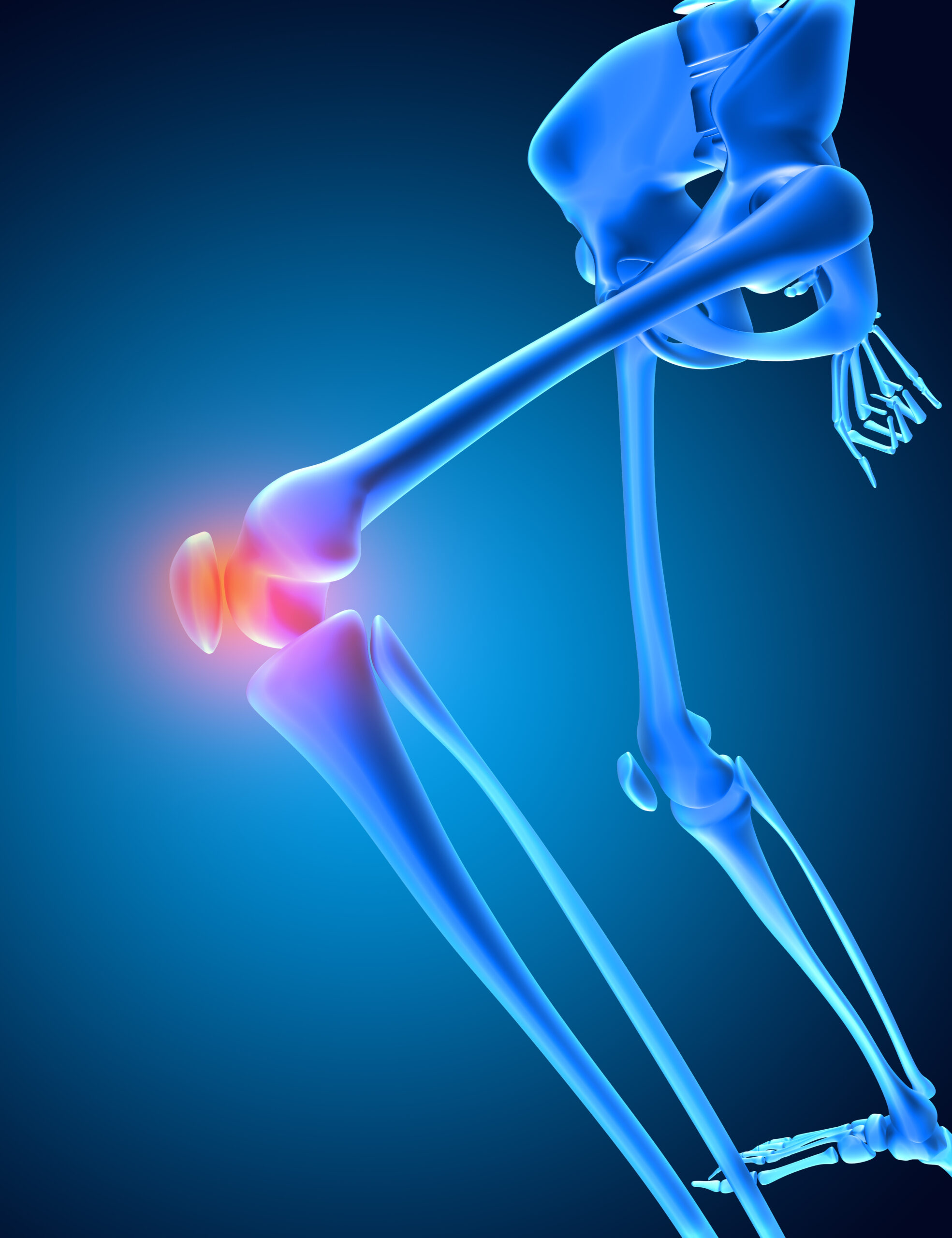Household pets encounter a range of health problems despite their indoor environment. Lacking preventive action, these precious pets develop health conditions that deteriorate their quality of life and shorten their lifespan. Most pet owners consider keeping their animals indoors to cancel out the importance of regular veterinary care. However, this is a dangerous misconception. Indoor pets remain in need of vaccines, frequent physical checkups, and prophylactic medicine for optimal wellness. Indoor disease prevention is every bit as significant as for pet owners who occasionally venture outdoors.
Why Indoor Pets Need Preventive Care
1. Regular Veterinary Visits
Regular check-ups at an animal hospital or veterinary clinic are the foundation of indoor pet health care. These visits enable your veterinarian to:
- Perform a complete physical examination.
- Detect potential health issues before they become major problems.
- Give proper vaccines.
- Tailor a preventive care plan for your pet.
Most veterinary experts suggest at least yearly wellness exams for adult animals, with more visits for puppies, kittens, older animals, or animals with certain health issues. At these visits, your veterinarian can track changes in weight, behavior, and overall health that could signal developing problems.
2. Vaccination for Indoor Pets
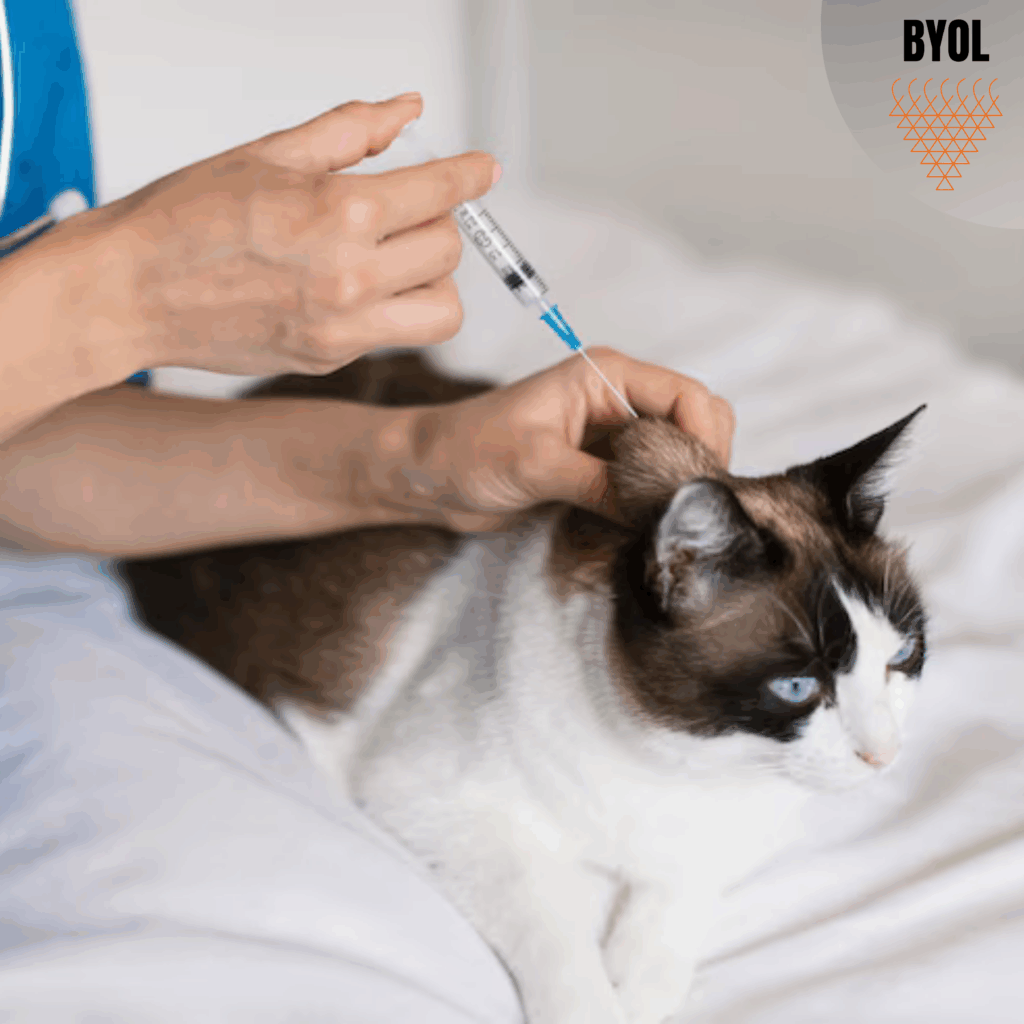
Indoor pets also require vaccines because people and other pets that come into your house can bring disease-causing organisms with them.
For dogs, core vaccines generally consist of:
- Rabies
- Distemper
- Parvovirus
- Adenovirus
For cats, core vaccines that are typically required include:
- Rabies
- Feline Viral Rhinotracheitis
- Calicivirus
- Panleukopenia
Your veterinarian will advise which vaccines are indicated based on your indoor pet’s individual risk factors and lifestyle. Vaccination regimens must always be tailored by your veterinarian to address your pet’s requirements.
3. Parasite control
One of the most prevalent preventive care omissions for indoor pets is parasite control. Owners often wrongly assume their indoor pets are immune to parasites such as fleas, ticks, and heartworms.
Flea Prevention
Regular flea prevention medication is highly advised for the majority of pets, even those that reside indoors. Fleas can sneak onto clothing, shoes, or other pets that enter your home. These parasites can quickly develop an infestation within your home that is hard to get rid of once established. Your veterinarian can recommend the most appropriate flea prevention product based on your pet’s specific needs and any existing health conditions. Modern flea prevention protocol includes:
- Topical treatments
- Oral medications
- Collars
Tick Protection
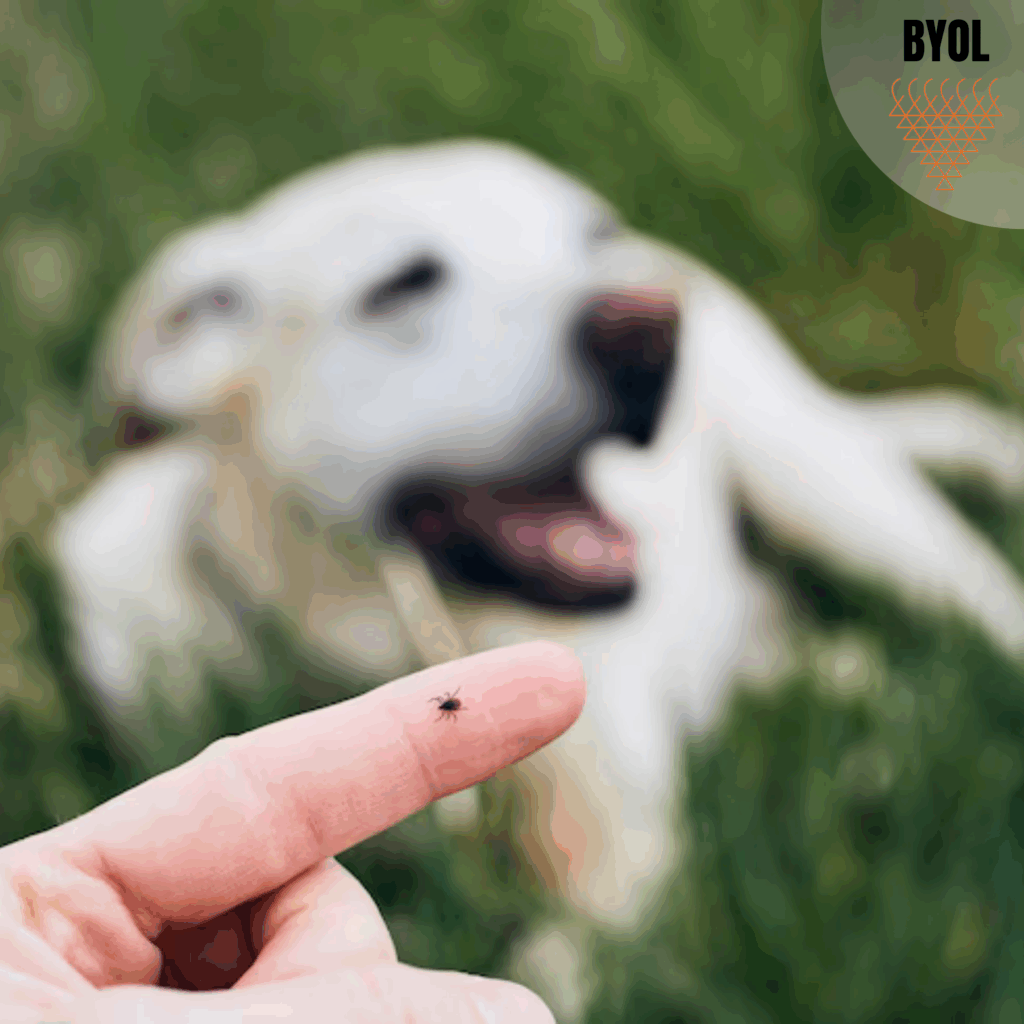
While indoor pets have reduced exposure to ticks, they still benefit from preventive measures, especially if they occasionally step outdoors. Many tick preventives also protect against fleas and other parasites.
Heartworm Prevention
Heartworm disease, which is carried by mosquitoes, is a dangerous threat even for indoor animals. Mosquitoes often get indoors, and as a result, all pets are exposed. Although heartworm prevention is strongly recommended for cats living in mosquito-infested regions, it may not be a practice that is followed by everyone, so talk to your veterinarian to see what’s best for your cat.
4. Nutrition
Good nutrition is important in helping to prevent health issues for indoor pets. Indoor pets tend to have lower energy levels than outdoor pets; however, this depends on their lifestyle and the extent to which they are involved with their owners. They need to have well-balanced diets that comply with nutritional requirements, to stay healthy and at a good weight and with proper body functions.
Selecting the Proper Dog Food
Indoor dogs can be helped by food that is designed for certain requirements, like:
- Lower calorie content to avoid gaining weight.
- Joint support for less active animals.
- Maintenance of dental health (in addition to regular dental care).
- Particular life phases (kitten, adult, mature).
The type of breed also plays an important role in nutritional requirements. For instance, smaller breeds tend to need different food than larger breeds because of their metabolic rate and energy needs. However, individual health factors must also be considered when making a choice.
Choosing Appropriate Cat Food
Indoor cats could be at increased risk for obesity due to lower activity levels than their outdoor counterparts. Portion control, high-quality food, and playtime are all part of their preventive health care plan. Indoor cats have different nutritional needs compared to outdoor cats. Their diet may have the following characteristics:
- Controlled calorie level.
- Hairball control recipes.
- Urinary tract health support (if indicated by your veterinarian).
- Age-appropriate nutrients.
5. Dental Health
Dental disease impacts an astonishing percentage of pets by the age of 3. The American Veterinary Dental Society estimates that around 80% of dogs and 70% of cats have signs of dental disease by this time. Without preventive dental hygiene, indoor pets may develop painful conditions that impact their well-being. Acute periodontal disease leads to systemic inflammation, which can risk conditions of the heart, liver, or kidney.
Dental Hygiene at Home
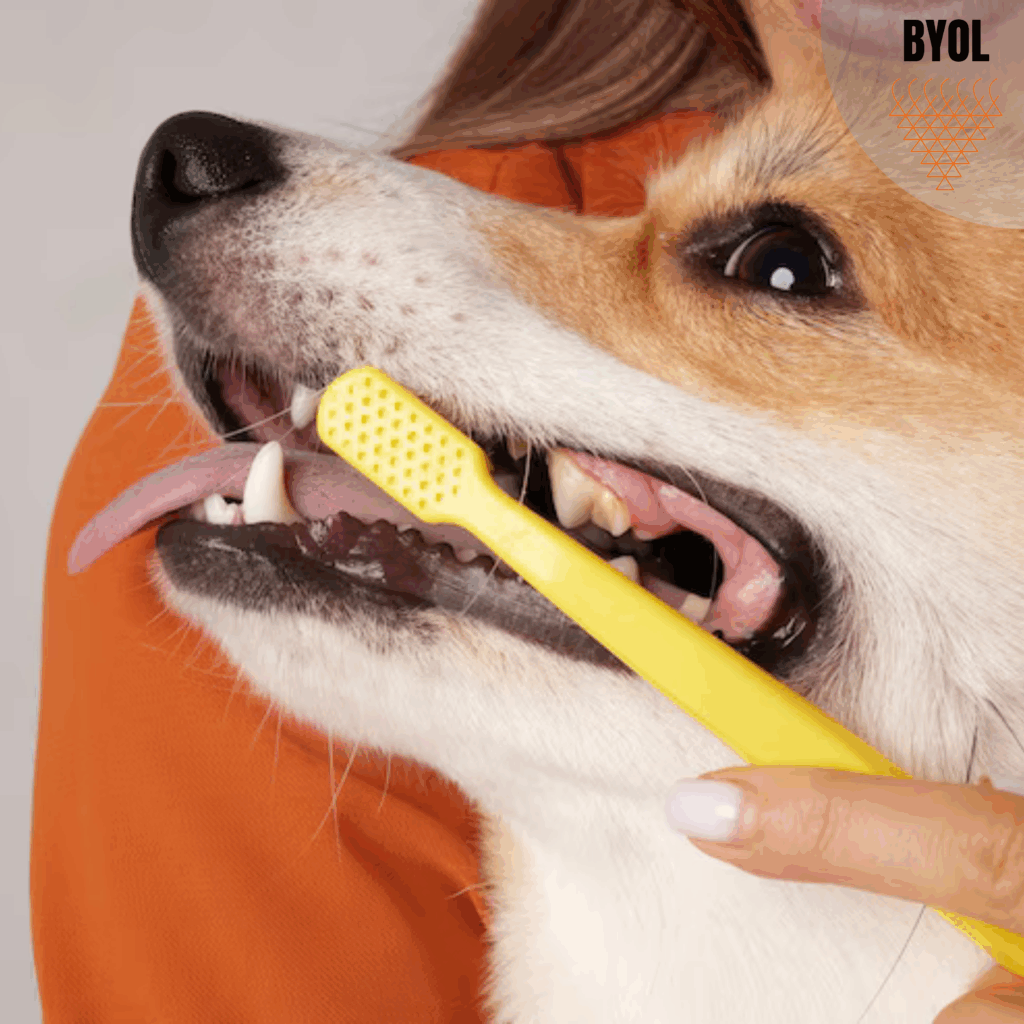
Preventive oral hygiene should cover:
- Routine tooth brushing with specific pet toothpastes. Never use human toothpaste since it has added ingredients such as fluoride or xylitol, which are toxic to pets.
- Provide plaque-reducing dental treats and toys as a supplement to brushing.
- Dental food formulated especially for your pet (as recommended by your veterinarian).
Professional Dental Care
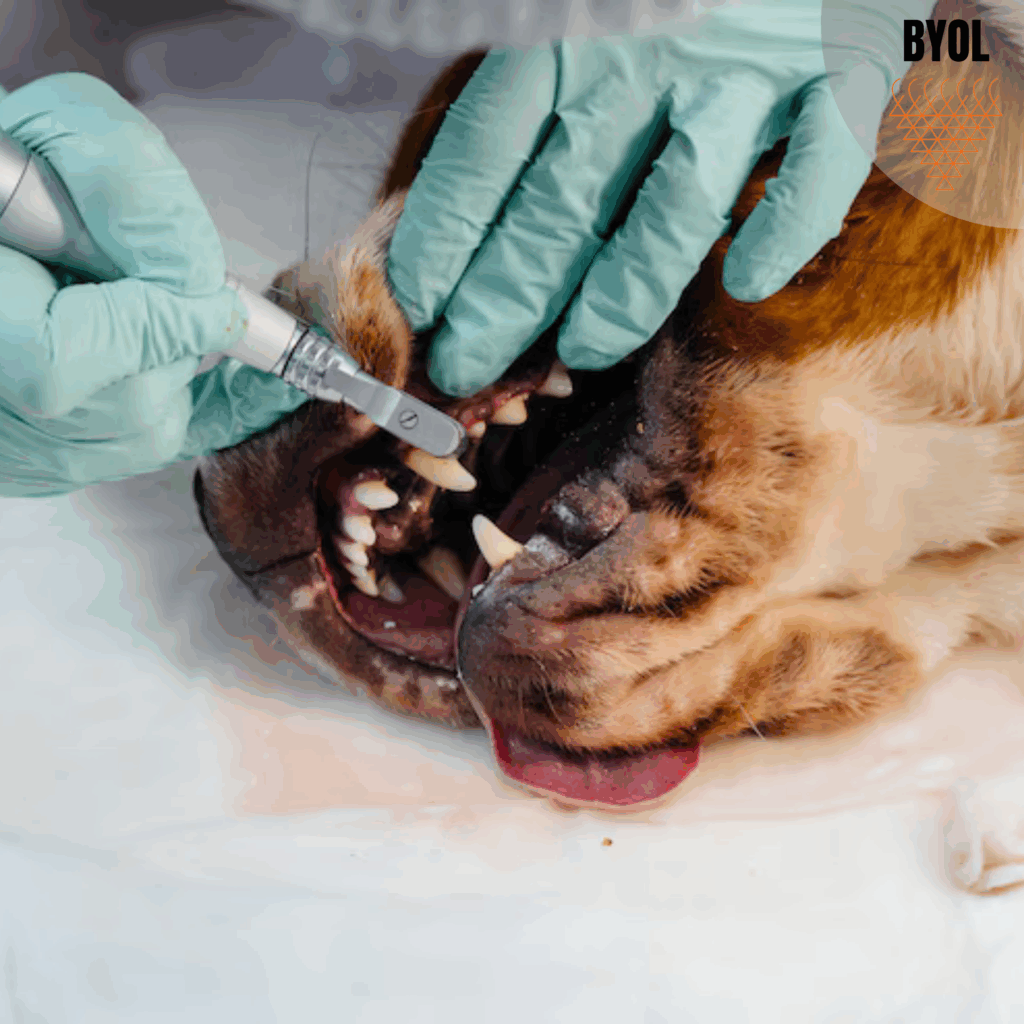
Despite proper home care, many pets need regular professional dental cleanings. These are done under anesthesia to decrease risks and maximize comfort while cleaning your pet. Routine professional cleanings allow for:
- Thorough exploration of the mouth, including under the gumline.
- Tartar and plaque removal from all sides of the teeth.
- Detection of dental problems requiring additional treatment.
6. Weight Management for Indoor Pets
Indoor animals, particularly those residing in smaller environments, can have difficulty with weight control if their activity levels are inadequate. Obesity puts an animal at risk for many health issues, such as diabetes, arthritis, heart disease, respiratory disease, and some forms of cancer. These risks can dramatically decrease a pet’s quality of life and lifespan.
Healthy Weight Management
Successful weight management techniques include:
- Balanced portion control: Determining your pet’s daily caloric intake according to their age, weight, activity level, and health status is of paramount importance. Your veterinarian can help determine this value.
- Timed feeding as opposed to free-feeding: Timed feeding prevents overeating however, some pets might need customized feeding based on their unique behavior and health requirements.
- Regular exercise: Exercise like fetch with laser pointers for cats keeps the animal fit. Exercise needs depend on breed, age, and general health.
- Environmental enrichment to stimulate movement: Climbing certain structures or food puzzles can stimulate the mind while also encouraging physical activity, but only when supplemented with regular exercise to successfully manage weight.
7. Behavioral Health
Indoor pets can also develop behavioral problems because of boredom, insufficient stimulation, inadequate exercise, or medical conditions. Good socialization and enrichment are important to ensure your pet’s mental well-being and avoid destructive or undesirable behaviors.
Environmental Enrichment
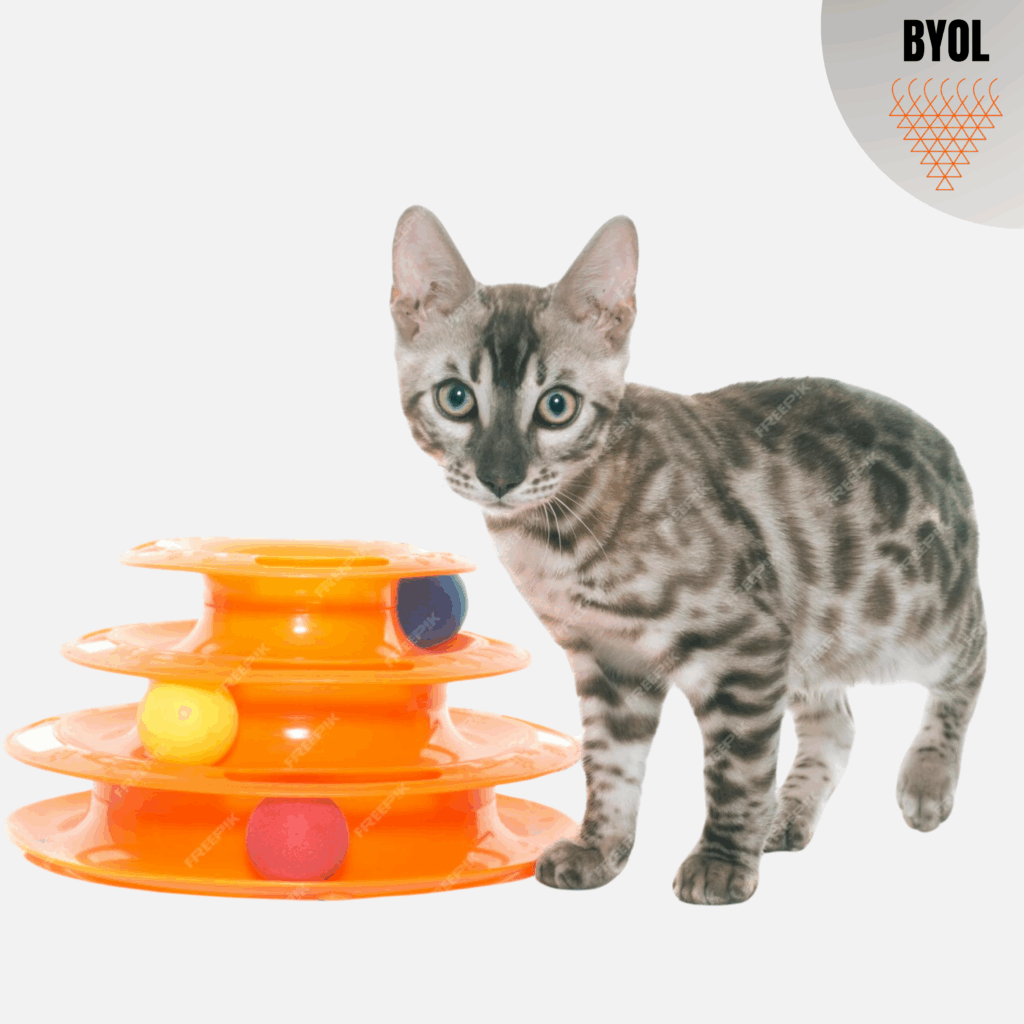
The following environmental enrichment activities may prevent behavioral problems by stimulating the mind and providing exercise.
- Puzzle toys that release food or treats (designed to suit your pet’s likes).
- Changing toy selection to maintain interest.
- Cat climbing structures and perches.
- Planned playtimes with both dogs and cats.
Managing Stress and Anxiety
Household pets may become stressed due to environmental stimuli such as loud noises, guests, or disruption of routine activities. Indications of stress are:
- Changes in eating habits.
- Inappropriate toilet habits.
- Destructive behavior.
- Excessive vocalization.
- Over-grooming.
If your pet is displaying signs of anxiety, talk to your veterinarian regarding behavioral modification solutions such as environmental alteration or training methods. In extreme situations where other solutions fail, anti-anxiety medication is a possibility under the advice of a veterinarian.
8. Grooming for Indoor Pets
Daily grooming is a valuable preventive health practice that supports overall pet well-being. Grooming enables:
- Identify skin problems, lumps, or parasites.
- Remove loose hair responsible for shedding and hairballs.
- Inspect nails for their length and health condition.
- Examine ears and eyes for any unhealthy signs.
Dog Grooming
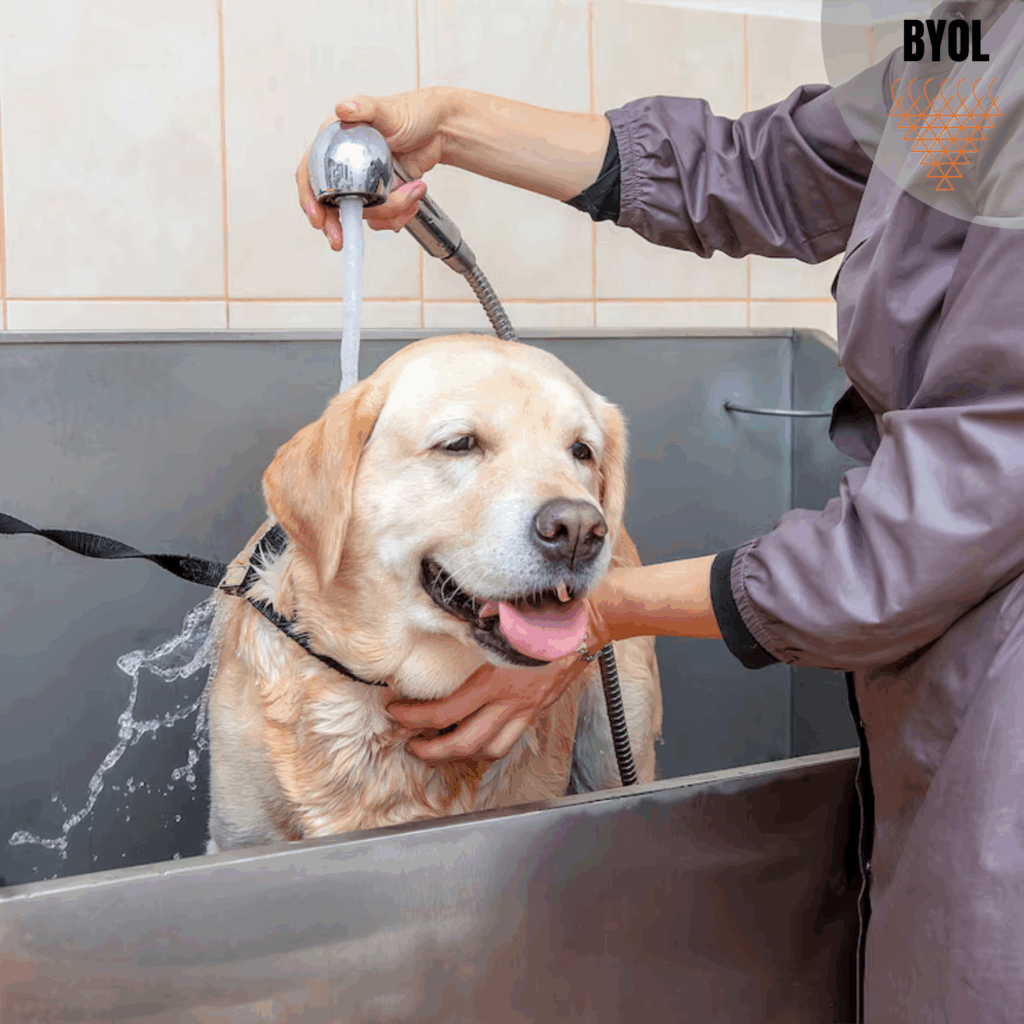
Indoor dogs need regular grooming, which includes:
- Bathing with dog-specific shampoos to prevent skin irritation or allergic reactions.
- Ear cleaning for infection-prone breeds.
- Nail trimming to avoid pain and mobility impairment.
- Coat brushing to spread natural oils and remove loose hair.
Cat Grooming

Indoor cats can also benefit from regular grooming since it prevents:
- Excessive hairballs
- Matted fur
- Skin conditions
- Overgrown nails
9. Special Considerations for Indoor Pets
Indoor Allergies
- Indoor pets can become allergic to everyday household items like dust mites, mold spores, cleaning chemicals, human dandruff, food staples, and environmental allergens such as pollen or smoke that enter indoor environments.
- Allergies are indicated by excessive scratching, hair loss, ear infection, gastrointestinal disturbance, watery eyes, sneezing, or irritated skin.
- Allergy testing, e.g., blood tests or elimination diets, can be suggested to determine specific triggers. Treatment regimens usually include dietary modification or medication based on your pet’s individual needs.
Managing Chronic Conditions
- Indoor pets with underlying medical conditions need particularly careful preventive attention. Chronic diseases such as diabetes, kidney disease, arthritis, obesity, or cardiovascular disease need ongoing monitoring and special preventive measures to control pain and suppress disease advancement. Preventive specialty care may consist of measures including:
- Protein-restricted diets for kidney disease patients.
- Insulin for diabetic pets.
- Gentle walks for arthritic dogs.
Spaying and Neutering
Pets kept indoors should be spayed or neutered if they are not part of a responsible breeding program. The procedures eliminate unwanted breeding and offer substantial health benefits, such as decrease in mammary gland tumors in females and testicular cancer in males, and diminish behavioral issues like territory marking or aggression.
When to Seek Veterinary Attention between Regular Visits
Even with very good preventive care, indoor animals sometimes get sick or develop illnesses that need attention immediately. Contact your veterinarian if you notice:
- Huge variations in appetite or water intake.
- Abnormal elimination behaviors (e.g., straining to urinate, blood in the stool, or increased frequency).
- Lethargy or reduced activity.
- Vomiting or diarrhea.
- Sneezing, coughing, or difficulty breathing.
- Painful behavior when moving or being handled (e.g., limping, vocalization upon handling, or refusal to move).
The Role of Pet Parents in Prevention
An observant and responsible pet parent has a very important role to play in the indoor health of their pets. Your awareness of normal pet behavior and physical well-being makes you your pet’s best disease defense barrier. A responsible pet parent should:
- Watch the pet’s level of activity.
- Recognize eating and drinking habits.
- Look out for elimination behaviors (e.g., frequency, consistency).
- Observe for any physical alterations (like lumps, skin redness, or odors).
- Evaluate general attitude and behavior.
All of these observations made daily should be discussed with your veterinarian during regular check-ups or earlier if you observe any abnormalities that may suggest medical issues. Early recognition of possible problems may assist in avoiding serious health problems.
References
- Overall KL, Rodan I, Beaver BV, et al. Feline behavior guidelines from the American Association of Feline Practitioners. JAVMA 2005;227:70-84.
- Landsberg GM, Hunthausen W, Ackerman L. Feline destructive behaviors. In: Landsberg GM, Hunthausen W, Ackerman L, eds. Handbook of Behavior Problems of the Dog and Cat. 2nd ed. Philadelphia: Elsevier; 2003:341-347.
- Sueda K, Cho J. Environmental enrichment for senior dogs and cats. Clinician’s Brief. December 2017. Accessed June 18, 2024. https://www.cliniciansbrief.com/article/environmental-enrichment-senior-dogs-cats
- Home modifications. International Cat Care. 2024. Accessed June 18, 2024. https://icatcare.org/app/uploads/2024/03/Changes-to-the-home-environment_ISFM-caregiver-guide_FINAL.pdf



